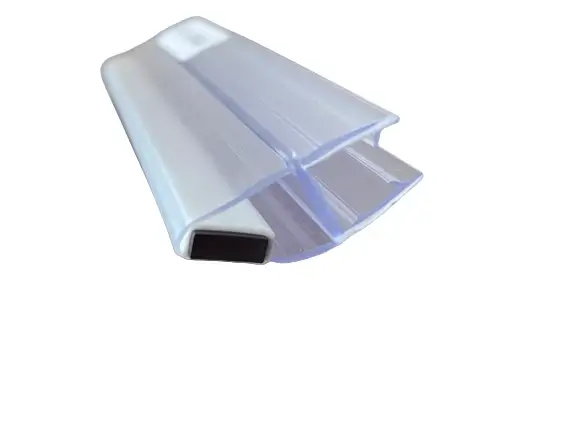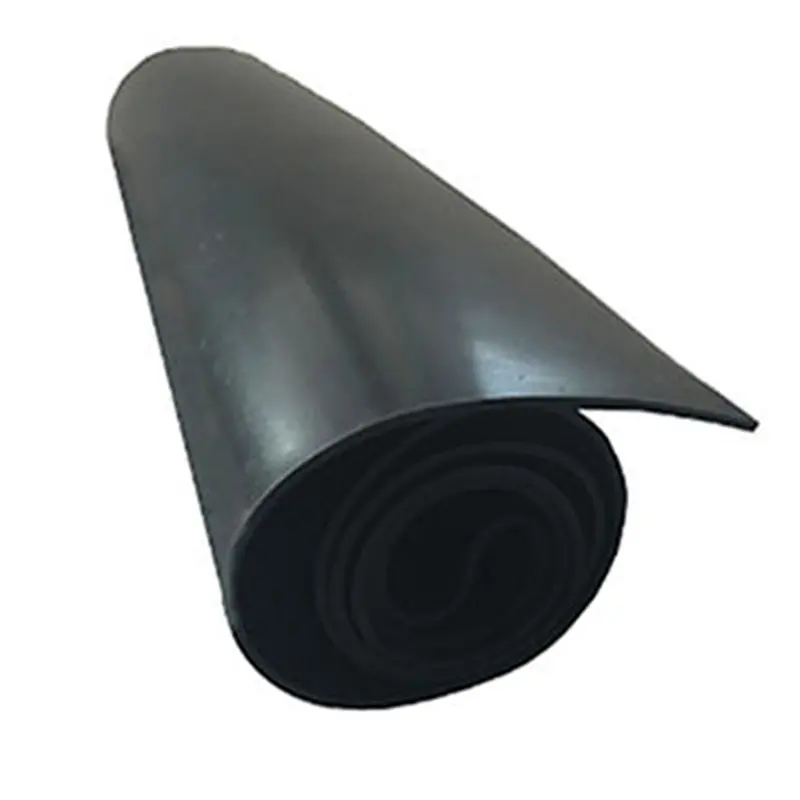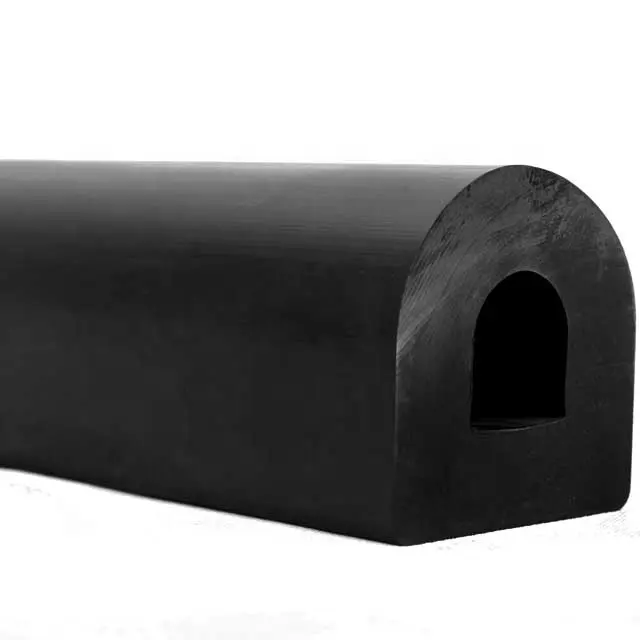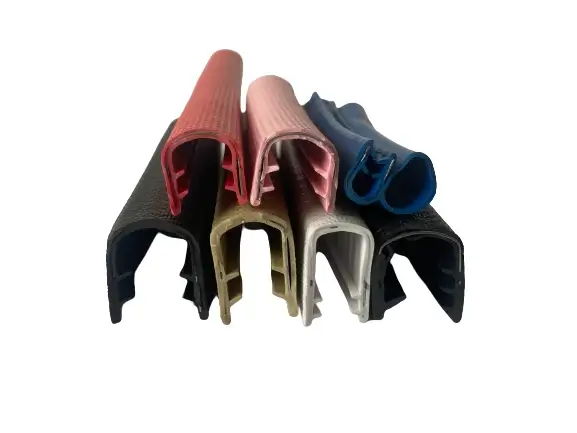Aug . 13, 2024 13:02 Back to list
Choosing the Right Type of Garage Door Bottom Seal for Maximum Insulation and Protection
Understanding the Importance of the Garage Door Bottom Seal
A garage door is an essential part of many homes, providing not only access for vehicles but also a space for storage, workshops, and other activities. One often-overlooked component of a garage door is the bottom seal. While it may seem unimportant at first glance, the garage door bottom seal serves crucial functions that significantly affect your garage's environment and overall efficiency.
What is a Garage Door Bottom Seal?
The garage door bottom seal is a strip made of rubber, vinyl, or other materials that runs along the bottom edge of the garage door. Its primary purpose is to create a barrier between the inside of the garage and the outside environment. By sealing the gap between the door and the floor, the bottom seal effectively prevents various elements from entering the garage.
Benefits of a Garage Door Bottom Seal
1. Weather Protection One of the primary functions of the bottom seal is to protect the garage from weather elements such as rain, snow, wind, and dust. A tight seal can prevent water from pooling in the garage, damaging the flooring, and causing mold growth. In colder climates, a good bottom seal can also keep snow and icy winds at bay, making your garage more comfortable.
2. Energy Efficiency An unsealed garage door can significantly impact your home’s energy efficiency. If hot or cold air is allowed to escape through gaps, your heating and cooling systems will have to work harder to maintain the desired temperatures. This not only leads to increased energy bills but can also shorten the lifespan of your HVAC system. A proper bottom seal helps to maintain the temperature in your garage, contributing to lower energy costs.
3. Pest Control In addition to weather elements, the bottom seal also acts as a barrier to unwanted pests. Rodents, insects, and other small animals can easily enter through gaps, leading to infestations that can be costly and challenging to manage. A well-installed bottom seal helps keep your garage free of these nuisances.
t type garage door bottom seal
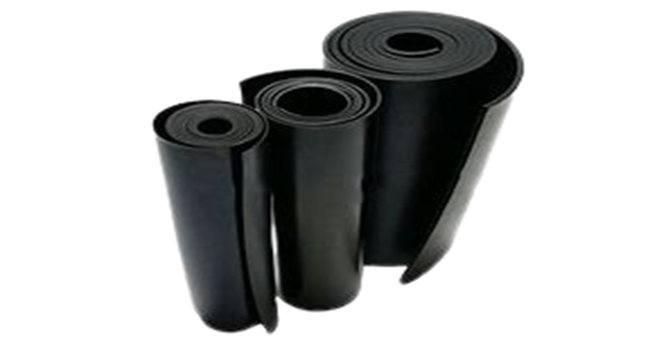
4. Noise Reduction A bottom seal can also aid in noise reduction, especially if your garage is connected to your home. With a proper seal, sounds from the outside, such as traffic or neighborhood noise, can be minimized, providing a quieter and more serene environment in your garage and adjoining living spaces.
Choosing and Installing a Garage Door Bottom Seal
When selecting a bottom seal for your garage door, it is essential to consider the material. Rubber seals are durable and effective against various weather conditions. Vinyl seals are also popular for their flexibility and longevity. Be sure to measure the width of your garage door before purchasing a replacement seal to ensure a proper fit.
Installation is typically straightforward and can often be done as a DIY project. Remove the old seal from the bottom of the door and clean the area to ensure a good bond. Follow the manufacturer's instructions to attach the new seal securely.
Maintenance and Replacement
Regular inspection of your garage door bottom seal is crucial. Over time, seals can become cracked, worn out, or detached, losing their effectiveness. Depending on the material and environmental exposure, it is advisable to replace the seal every few years or sooner if you notice any degradation.
Conclusion
In summary, the garage door bottom seal is a small but mighty component that plays a vital role in maintaining the integrity, comfort, and efficiency of your garage. By investing in a high-quality bottom seal and ensuring its proper installation and maintenance, homeowners can enhance their garages' functionality and protect their homes from the elements and pests. Don’t underestimate the importance of this essential accessory; it can make a significant difference in your overall garage experience.
Next:

